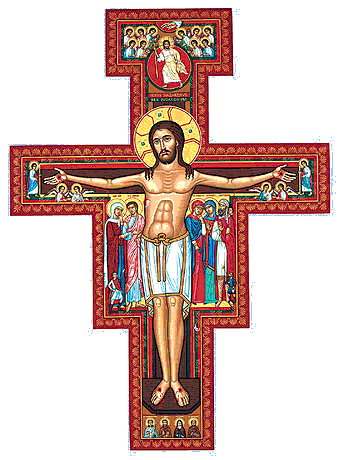
The Order is ecumenical and open to all.
Beginnings
The Order was founded and established in October 2004 by Brother Michael Daly, CJ. and was then known as the ‘Servant Companions of Jesus’. In 2009 they became known simply as the ‘Companions of Jesus’.
"I no longer call you servants, because a servant does not know his master's business. Instead, I have called you friends, for everything that I learned from my Father I have made known to you". (Jn.15.15)
A fresh approach
The Companions of Jesus are a Franciscan Religious Order, integrating the older first, second and third orders, into one. The Rule of the Order is the Gospel. There is no separation within the Community of clergy and laity, men or women, married or single. All are seen as servants to the servants of God and equal in ministry and status.
"There is one body and one Spirit, just as you were called to one hope when you were called, one Lord, one faith, one baptism, one God and Father of all, who is over all through all and in all." (Eph 4.4-6)
Companions of Jesus are Active-Contemplative free believers, who are committed to loving all God’s children no matter who they are or where they come from.
Companions
A Companion is literally a friend with whom one breaks bread.
Companions of Jesus seek through love, ecumenical dialogue and fellowship to keep the unity of the Spirit, which is found in Jesus Christ alone, by the power of the Holy Spirit. Companions of Jesus seek in the simplicity of the gospel to be instruments and channels of God's love and peace to all whom they meet.
"My dear people, our love is not to be just words or mere talk, but something real and active" (1John.18)
The Gospel
A Companion of Jesus has no rule except the Gospel. (This was the original vision and vocation of Francis of Assisi and remains ours today). Instead of the three older vows, of poverty, chastity and obedience, the Companions of Jesus seek to live out three precepts, (Justice, Love, Humility) taken from the book of Micah 6.8:
"And what does the Lord require of you?
‘To act justly, to love with mercy and to walk humbly with your God’".

Justice - Love - Humility


